 IntroductionKerala, the land of boundless beauty in nature is world widely known among tourists. Heartily accepted as the “paradise of the south”, the state is a must visit place as in reality it is beyond anyone’s imagination. It is located on the Coastal regions of Malabar Coast in India due to which the state houses some of the top beaches of the world. Usually people seek for a place like Kerala with perfect geography along with its fascinating attractions and unique experiences, so make sure you are the one among those visitors. Kerala geography
IntroductionKerala, the land of boundless beauty in nature is world widely known among tourists. Heartily accepted as the “paradise of the south”, the state is a must visit place as in reality it is beyond anyone’s imagination. It is located on the Coastal regions of Malabar Coast in India due to which the state houses some of the top beaches of the world. Usually people seek for a place like Kerala with perfect geography along with its fascinating attractions and unique experiences, so make sure you are the one among those visitors. Kerala geography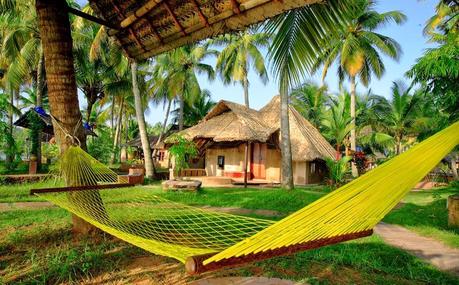 Due to its geographical conditions, the state experiences pleasant weather all through the year. Nestled in between Arabian Sea to the west and Western Ghats to the east, Kerala experiences three distinct seasons. Being located in the southern tip of the Indian sub continent and near the center of Indian tectonic plate, some of the regions are of little seismic activity. The entire part of southern and western Kerala is bordered by Tamil Nadu. It lies at 8°.17'.30" N and 12°. Kerala lies between 47'.40" N north latitudes and 74°.27'47" E and 77°.37'.12" E east longitudes. The geography of Kerala is divided into three different geographical regions.
Due to its geographical conditions, the state experiences pleasant weather all through the year. Nestled in between Arabian Sea to the west and Western Ghats to the east, Kerala experiences three distinct seasons. Being located in the southern tip of the Indian sub continent and near the center of Indian tectonic plate, some of the regions are of little seismic activity. The entire part of southern and western Kerala is bordered by Tamil Nadu. It lies at 8°.17'.30" N and 12°. Kerala lies between 47'.40" N north latitudes and 74°.27'47" E and 77°.37'.12" E east longitudes. The geography of Kerala is divided into three different geographical regions.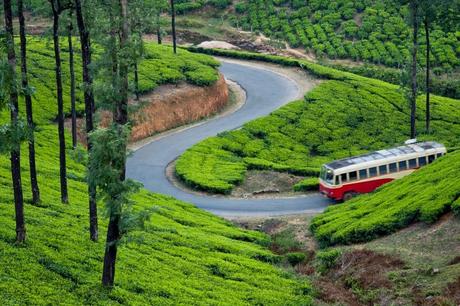 High Lands: The western region of the state includes highlands, gorgeous valleys, tea and coffee plantations, lush green forests, gurgling rivers and enchanting hill stations. The Western Ghats reaches an average from 1500 to 2500 meters. The high lands of Kerala is spread over 18650 square kilometres and covers 48 percent of the land area of Kerala. The high lands are also referred as the largest producers of enormous spices and houses some of the world renowned hill stations.
High Lands: The western region of the state includes highlands, gorgeous valleys, tea and coffee plantations, lush green forests, gurgling rivers and enchanting hill stations. The Western Ghats reaches an average from 1500 to 2500 meters. The high lands of Kerala is spread over 18650 square kilometres and covers 48 percent of the land area of Kerala. The high lands are also referred as the largest producers of enormous spices and houses some of the world renowned hill stations. 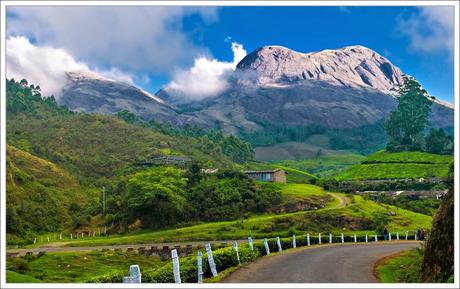 Midlands: The lands lying in between the low lands and high lands are the midlands of Kerala. Such Land features undulating hill and eye-catching valleys. The midlands of the state cover an area of about 16200 square kilometres which is 40 percent of the total land area in Kerala. In these midlands various cultivations like of banana, vegetables, coconut, cashew and many more are vegetation are done.
Midlands: The lands lying in between the low lands and high lands are the midlands of Kerala. Such Land features undulating hill and eye-catching valleys. The midlands of the state cover an area of about 16200 square kilometres which is 40 percent of the total land area in Kerala. In these midlands various cultivations like of banana, vegetables, coconut, cashew and many more are vegetation are done.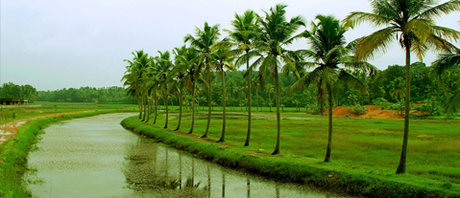 Lowlands: Coastal areas are known as the lowlands in Kerala which covers an area of about 4000 square kilometres. The main transport is the waterways. The lowlands of the state offer you enchanting backwaters, brackish lagoons, rivers, canals and sea shores. Paddy is the best suited cultivation in lowland regions. Kuttanad is a place in Kerala lowlands which is one among the few places in India where Paddy cultivation is done below sea level. Forests
Lowlands: Coastal areas are known as the lowlands in Kerala which covers an area of about 4000 square kilometres. The main transport is the waterways. The lowlands of the state offer you enchanting backwaters, brackish lagoons, rivers, canals and sea shores. Paddy is the best suited cultivation in lowland regions. Kuttanad is a place in Kerala lowlands which is one among the few places in India where Paddy cultivation is done below sea level. Forests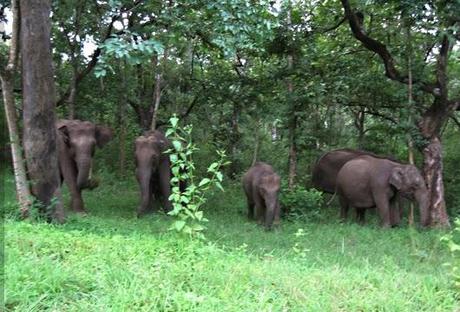 The forest in Kerala covers an area of 11,125,59 square kilometres in which 7 wildlife sanctuaries also includes that covers 28.88 percent of the total land area in Kerala. The tropical deciduous moist forest covers 4.100 lakh hectares, tropical wet evergreen forest covers 3.480 lakh hectares, plantations covers 1.538 hectares, tropical dry deciduous forests covers 0.094 lakh hectares and mountain sub tropical forests covers 0.188 lakh hectares and the total area covered by forests is 9.400 lakh hectares.
The forest in Kerala covers an area of 11,125,59 square kilometres in which 7 wildlife sanctuaries also includes that covers 28.88 percent of the total land area in Kerala. The tropical deciduous moist forest covers 4.100 lakh hectares, tropical wet evergreen forest covers 3.480 lakh hectares, plantations covers 1.538 hectares, tropical dry deciduous forests covers 0.094 lakh hectares and mountain sub tropical forests covers 0.188 lakh hectares and the total area covered by forests is 9.400 lakh hectares. 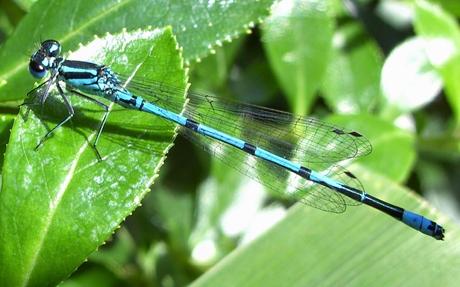 Flora and FaunaThe Western Ghats of the state Kerala is a home to numerous varieties of flora and faunas which was also once one among the top 18 places in biodiversity. At present it is much popular as it was used to be before and plays a vital role in the state’s tourism. The rare species of flora and faunas seen in here is a real retreat to the eyes of visitors. Animals like gaur, elephant, leopard, bonnet monkey lion, lion tailed macaque and Sambar deer, king cobra, peafowl and hornbill can be seen in here. You can also explore 15,000 varieties of plant species in here.Lakes, Rivers and backwaters
Flora and FaunaThe Western Ghats of the state Kerala is a home to numerous varieties of flora and faunas which was also once one among the top 18 places in biodiversity. At present it is much popular as it was used to be before and plays a vital role in the state’s tourism. The rare species of flora and faunas seen in here is a real retreat to the eyes of visitors. Animals like gaur, elephant, leopard, bonnet monkey lion, lion tailed macaque and Sambar deer, king cobra, peafowl and hornbill can be seen in here. You can also explore 15,000 varieties of plant species in here.Lakes, Rivers and backwaters Kerala is popular for its lowland surroundings which houses the world’s best backwater destinations with various facilities. The brackish lagoons and the crystal clear rivers of Kerala are eye catching. Do not miss an opportunity to experience houseboat cruise in the Lowlands of Kerala. Some of the most preferred backwater destinations are like Alleppey, Kumarakom and Alppuzha.
Kerala is popular for its lowland surroundings which houses the world’s best backwater destinations with various facilities. The brackish lagoons and the crystal clear rivers of Kerala are eye catching. Do not miss an opportunity to experience houseboat cruise in the Lowlands of Kerala. Some of the most preferred backwater destinations are like Alleppey, Kumarakom and Alppuzha.

